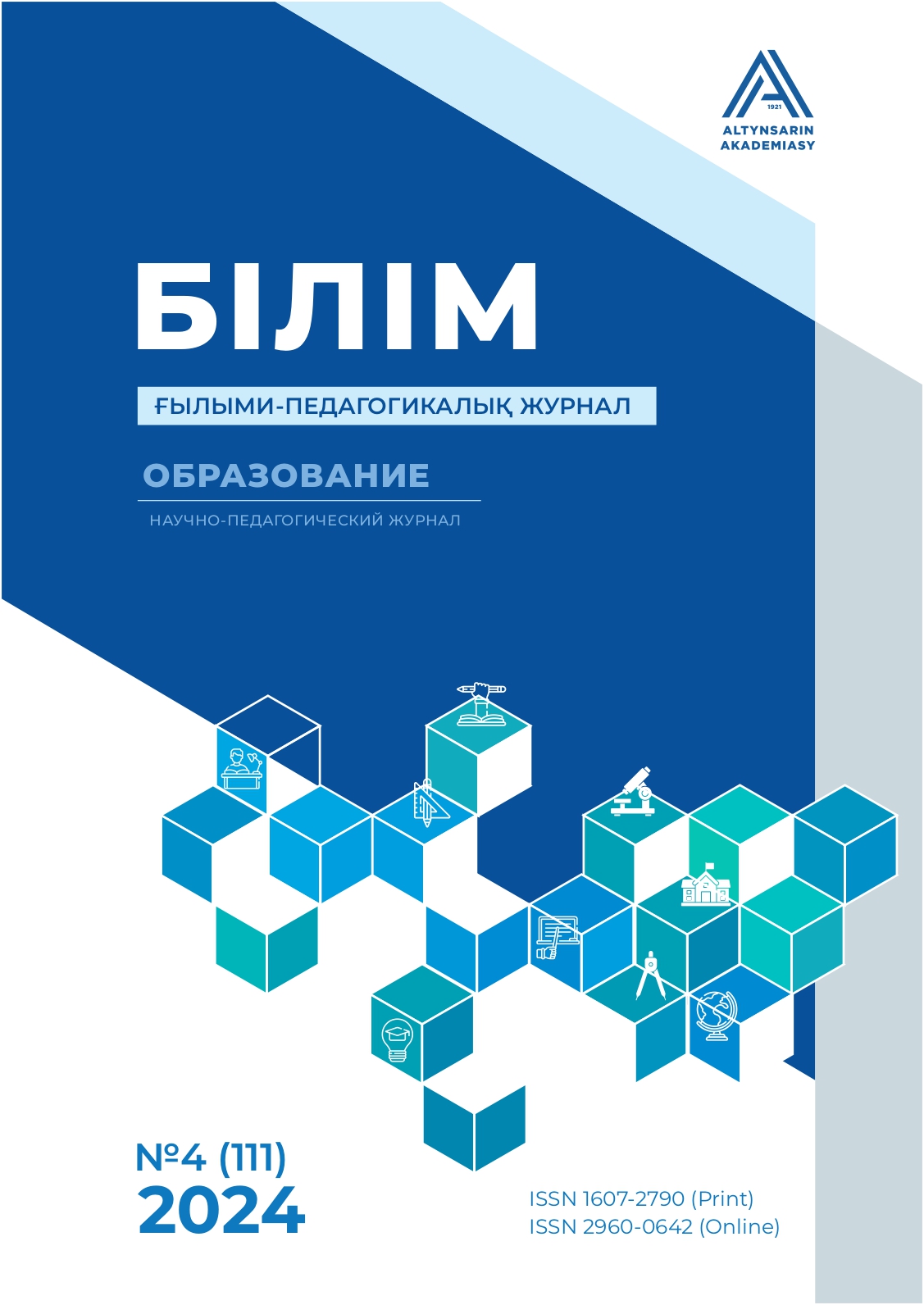The effectiveness of using 2D and 3D technologies to form STEAM thinking in primary school students
DOI:
https://doi.org/10.59941/2960-0642-2024-4-167-180Keywords:
STEAM, interdisciplinary communication, design and technical thinking, cognitive abilities, primary school students, modeling technologyAbstract
The article is devoted to the research of STEAM thinking formation in junior high school students in the process of using 2D and 3D modelling. The purpose of the work is to study the level of formation of STEAM thinking in younger schoolchildren in the process of applying 2D and 3D modeling technologies. The study used observation, questionnaire, interview and document analysis methods. The observation method captured changes in students' behaviour, engagement and creativity in completing tasks. The questionnaire survey covered key aspects of STEAM thinking, providing quantitative data on the degree of interest in the subjects and confidence in problem solving. Interviewing provided insight into students' personal feelings and perceptions of modelling processes. The document analysis method involved the examination of teaching materials and completed work, which helped to identify which STEAM skills were being most developed. The results of the study showed that the use of 2D and 3D modelling significantly increased younger students' interest in STEAM subjects, increased confidence in problem solving, improved understanding of interdisciplinary connections and stimulated creative thinking. The findings highlight the importance of integrating these technologies into educational practices to effectively develop STEAM competencies in primary schools students.
Зерттеуде бақылау, сауалнама, сұхбат және құжаттарды талдау әдістері қолданылды. Бақылау әдісі оқушылардың мінез-құлқындағы, тапсырмаларды орындаудағы белсенділігі мен шығармашылығындағы өзгерістерді тіркеді. Сауалнамалық сауалнама STEAM ойлауының негізгі аспектілерін қамтыды, субъектілерге қызығушылық дәрежесі мен мәселелерді шешуге деген сенімділік туралы сандық мәліметтер берді. Сұхбат оқушылардың жеке сезімдері мен модельдеу процестерін қабылдауы туралы түсінік берді. Құжаттарды талдау әдісі оқу материалдары мен орындалған жұмыстарды сараптауды қамтыды, бұл STEAM дағдыларының қайсысы көбірек дамып жатқанын анықтауға көмектесті.
Зерттеу нәтижелері көрсеткендей, 2D және 3D модельдеуді қолдану жас оқушылардың STEAM пәндеріне деген қызығушылығын едәуір арттырды, мәселелерді шешуге деген сенімділікті арттырды, пәнаралық байланыстарды түсінуді жақсартты және шығармашылық ойлауды ынталандырды. Нәтижелер бастауыш сынып оқушыларының STEAM құзыреттілігін тиімді дамыту үшін осы технологияларды білім беру тәжірибесіне енгізудің маңыздылығын көрсетеді.
 ҚАЗ
ҚАЗ РУС
РУС ENG
ENG
